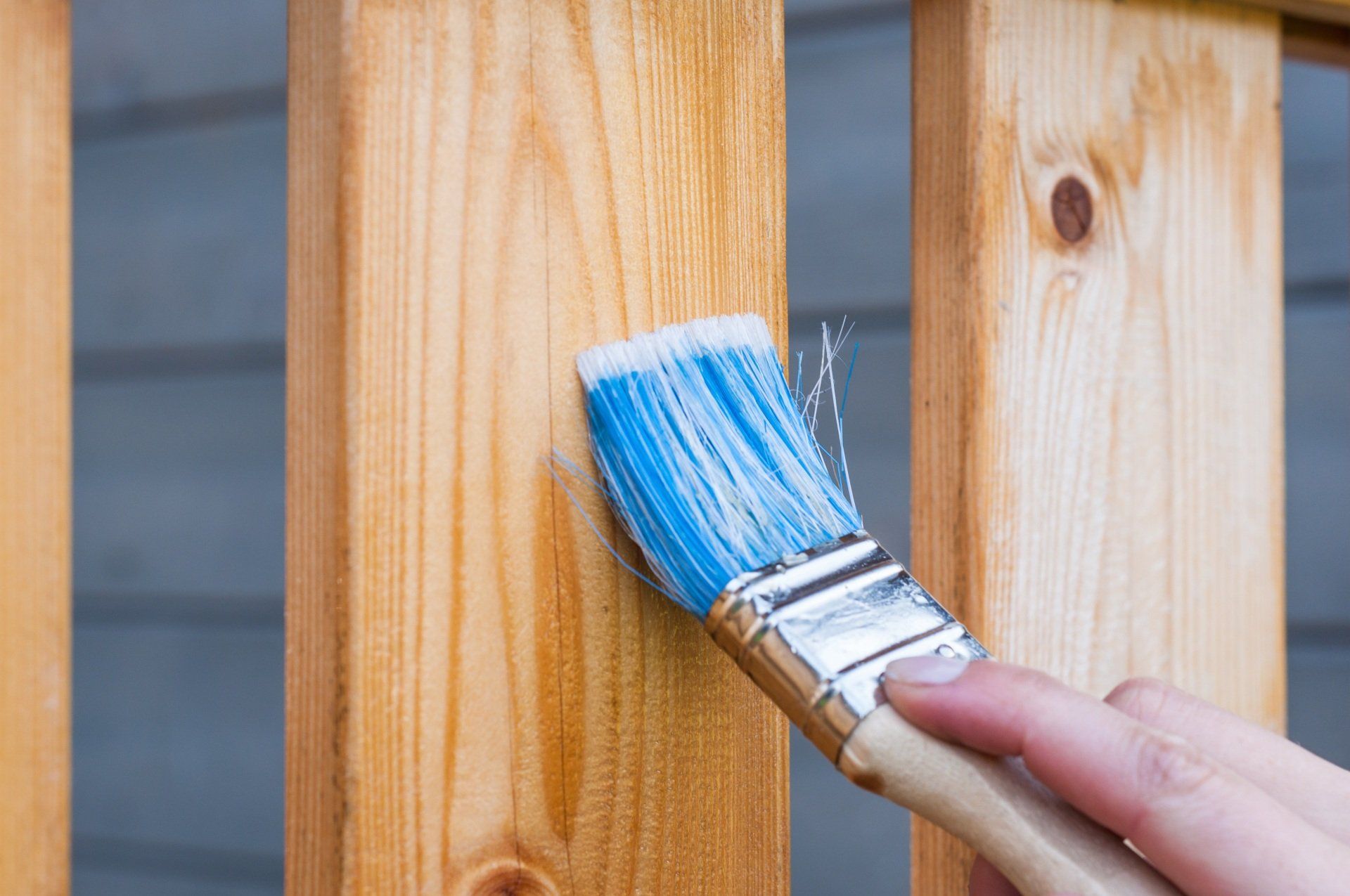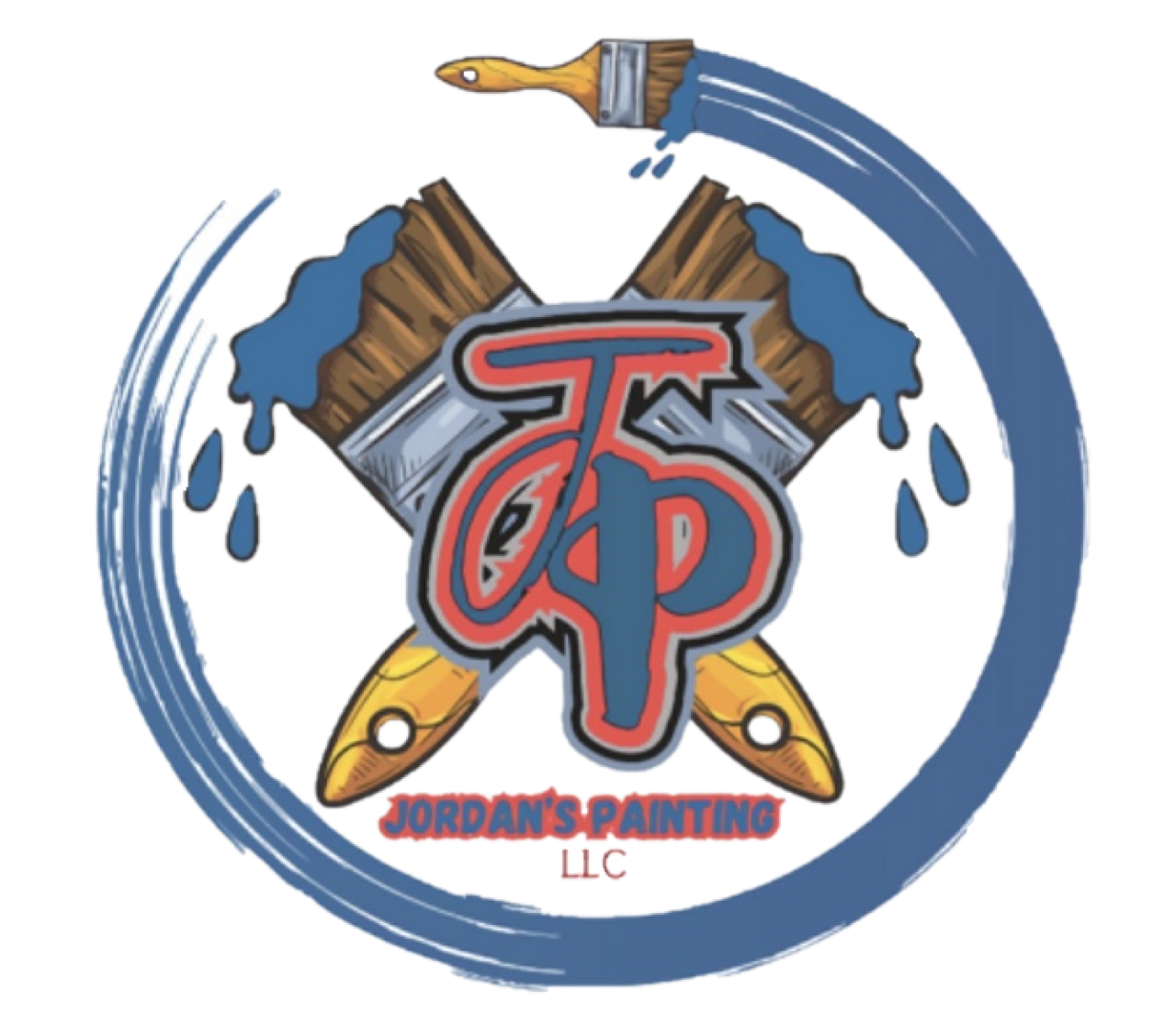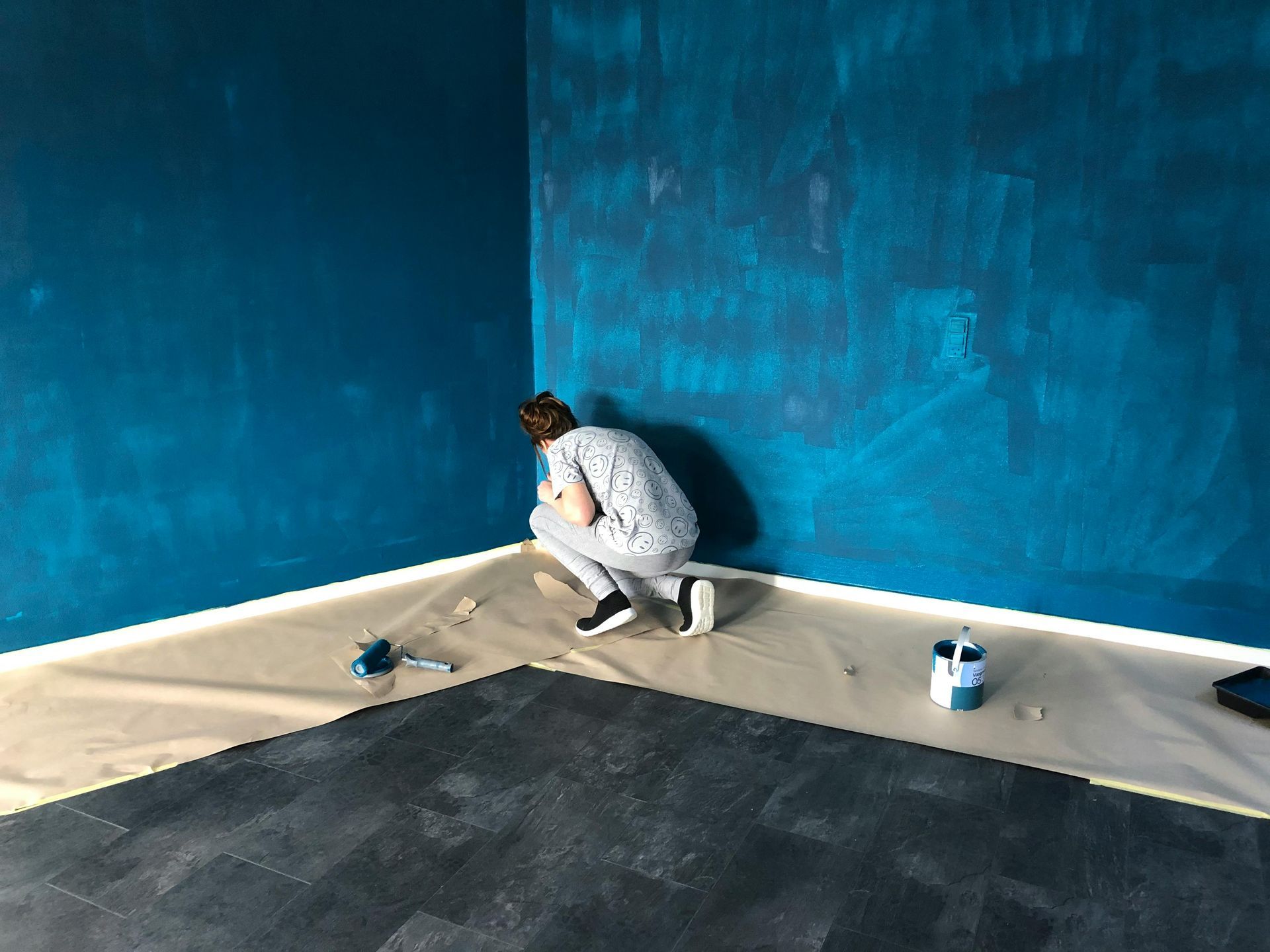Why Quality Paint Products And Tools Are So Important

Why Quality Paint Products And Tools Are So Important
Paint products and tools play a crucial role in the outcome and durability of a house painting project. Today, on Palette & Patina, we will delve into the importance of quality products and why they matter.
Quality of Finish: High-quality paint products typically result in a smoother, more even finish with better coverage. Cheaper paints may require more coats to achieve the desired look, leading to increased labor and material costs. Quality paints also tend to resist fading, chipping, and peeling better over time, ensuring that your investment in painting lasts longer.
Durability and Longevity: Premium paint products are formulated with better ingredients, including higher concentrations of pigments and binders, which contribute to greater durability and longevity. These paints are more resistant to wear and tear, moisture, mildew, and UV damage, making them ideal for high-traffic areas or exterior surfaces exposed to the elements.
Ease of Application: Quality paint products often have superior flow and leveling properties, making them easier to apply and resulting in a smoother, more professional-looking finish. Additionally, some paints are formulated with additives such as low odor or quick drying times, which can enhance the painting experience and minimize disruptions to your daily routine.
Color Accuracy and Consistency: Premium paint brands invest in advanced color-matching technology and rigorous quality control measures to ensure color accuracy and consistency across different batches. This means that the color you choose will be true to the swatch and remain consistent from can to can, minimizing the risk of color variation or mismatched patches on your walls.
Environmental Impact: Many high-quality paint products now offer low-VOC (volatile organic compound) or zero-VOC formulations, which are safer for both the environment and indoor air quality. These paints emit fewer harmful chemicals during application and drying, making them suitable for use in environmentally conscious homes and spaces occupied by sensitive individuals, such as children or those with respiratory issues.
In addition to paint products, the quality and condition of painting tools also significantly impact the outcome of a painting project. Quality brushes, rollers, sprayers, and other equipment can make the application process smoother, more efficient, and more precise, resulting in professional-looking results with minimal effort.
Overall, while investing in quality paint products and tools may require a slightly higher upfront cost, the long-term benefits in terms of durability, aesthetics, and ease of application far outweigh the initial expense. Choosing the right products and tools for your house painting project can help you achieve beautiful, long-lasting results that enhance the beauty and value of your home.



